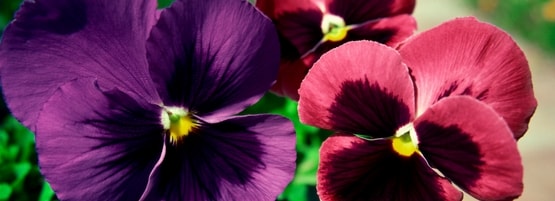March Southern Garden Checklist

Starting Seeds Indoors:
- Continue planting flower and vegetable seeds indoors. Follow packet directions for planting information and timing. Water often enough to keep the soil moist and fertilize with a dilute solution of fertilizer as directed. Visit February checklist for more information on starting seeds.
Planting:
- Keep planting transplants of alyssum, calendula, pansies and other cool-season annuals.
- Plant perennial herbs when available in the garden center and wait for the last spring frost and soil to warm to plant warm-season vegetables like tomatoes and peppers in the garden.
- Plant seeds of cool-season vegetables such as radishes, lettuce and beets directly in the garden.
- Plant seeds of beans, squash, watermelon and other warm season vegetable after the last spring frost.
- Plant container and balled-and-burlapped trees and shrubs.
- Fertilize early plantings with a slow-release organic-nitrogen fertilizer like Milorganite®.
- Continue watering new plantings thoroughly and often enough to keep the soil around the roots slightly moist.
Bulbs:
- Move amaryllis and paper white bulbs you forced, permanently into the garden in zones 7 to 9. Plant bulbs in a sunny well-drained location.
Landscape Care
- Fertilize perennials with Milorganite as new growth begins.
- Continue digging and dividing overgrown and crowded perennials.
- Cut Russian sage and butterfly bushes down to 6 inches above the soil surface after the worst of winter weather has passed. Use a lopper or hand pruners to cut stems above an outward facing bud.
- Start weeding as soon as the weeds begin sprouting. Smaller weeds are easier to pull and early intervention means healthier gardens with less work throughout the summer.
- Test the soil in new gardens, problem areas or to ensure you are applying the right amount and type of fertilizer to your garden. Contact your local Extension service for soil testing information.

